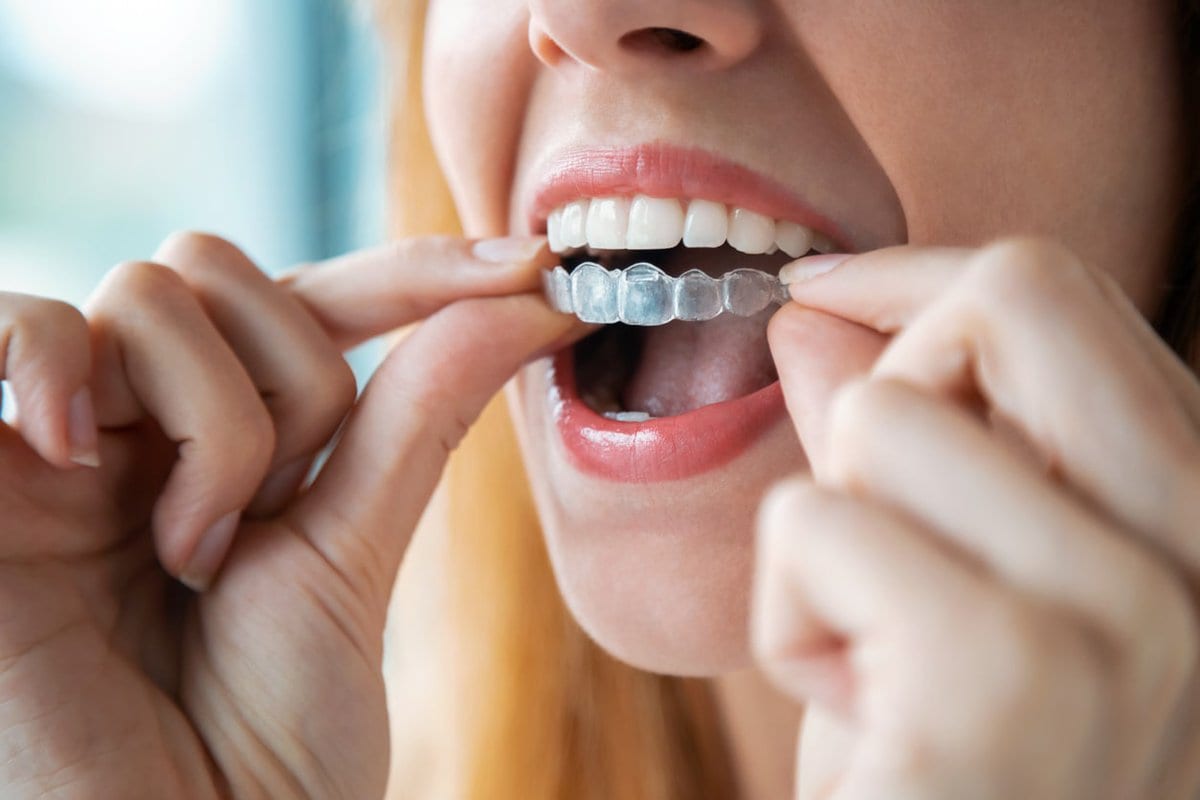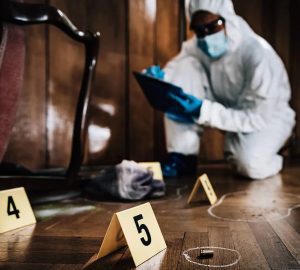Overcrowded and misaligned teeth are ugly and unappealing. Invisalign technology helps get perfectly aligned teeth, giving patients a reason to smile. The IDTC Dental Center LLC offers state-of-the-art Grand Prairie Invisalign to help patients restore their smiles’ integrity.
What to expect during Invisalign treatment
If you visit the dentist and determine that you are a candidate for Invisalign, the first step is to take impressions of your teeth and smile. Your dentist will then mail those impressions to Invisalign and develop them from your clinical exam, photos, and X-rays based on your treatment plan. Your dentist will sit down and write the developed treatment plan for your teeth to move and send it to Invisalign. Invisalign will then create digital models of your teeth using the impressions sent. Your dentist will study through your case with you, rotating the models to the side, the back, and the front to observe your bite. Your dentist can also review the upper and lower arch independently to see how significant the crowding is.
The models enable you to see how to get perfectly aligned teeth. In the course of treatment, you will see the progression as well as a result. You will see the teeth aligning and the bite beginning to open up.
It is crucial to remember that what you see on the computer is not always taking place inside the mouth; there are some variations. However, Invisalign is much more accurate today than it was 20 years ago. Typically, in an Invisalign case, they are attachments that go on the teeth. The attachments are little tooth-colored ‘buttons’ or bumps that dentists put on the teeth to provide specific movements that eventually align them. Invisalign works by pushing teeth. It is difficult to move teeth in any other dimension, for example, pulling other than by pushing them.
These attachments go on the teeth, have flat planes, and the aligners push against those planes and cause specific teeth movements. Dentists rarely do attachments on the first aligner but in subsequent aligners to give patients time to get used to wearing the aligners, taking them in and out, getting used to the comfort of their aligners, and dealing with it daily. Once the attachments go on to the subsequent aligners, they are a little harder to take on and off, and they fit a little bit snugger. Therefore, teeth tend to be a little sorer at that time because they are moving a bit more. Attachments generally take a little bit more time to get used to. Therefore, dentists try not to overwhelm patients at the beginning and thus do not give attachments with the first set of aligners. Many cases have to have one to two refinements, so your dentist details and finishes the treatment. Refinement involves taking the aligners off the teeth, take new impressions of the teeth, sending them back to Invisalign, and then your doctor tells them exactly what he wants to be done to get perfectly aligned teeth. Fortunately, some cases do not need refinement but finish beautifully. For treatments requiring severe rotations and other complex movements, teeth might not end up exactly where you want them, and there is the need for refinements.
Once you’re ready to get your Invisalign, you can visit this dentist who does Invisalign, teeth whitening, and dental implants in Ballantyne.








